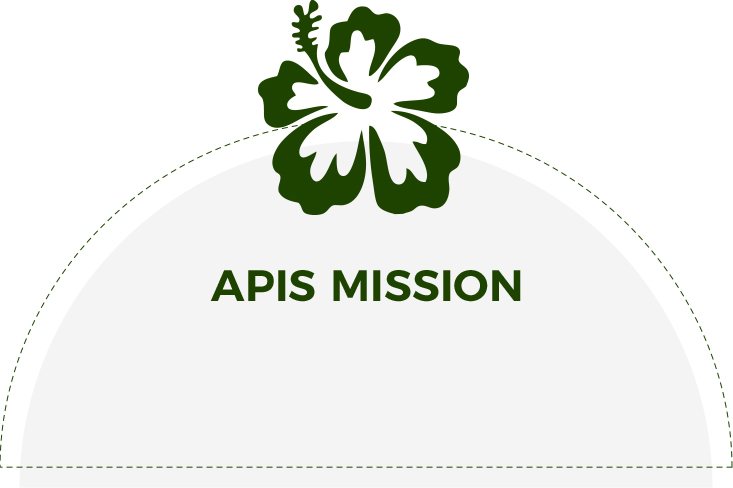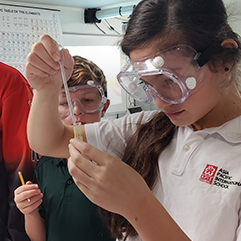Hibiscus Model of APIS Education

- About
- Hibiscus Model of APIS Education \
The hibiscus flower is, in many ways, a perfect symbol of the APIS way of international education. The hibiscus is the national flower of South Korea as well as the state flower of Hawai‘i. Therefore, the hibiscus flower symbolizes the connection between the two campuses under one school.
The hibiscus also symbolizes the entrepreneurial and innovative spirit of APIS education. The hibiscus signifies “seize
the opportunity” because it wilts in just a day, but new flowers continue blooming. The Korean name for hibiscus,
무궁화 (mugunghwa), means a flower that never wilts. While the hibiscus may look like its flowers never wilt, new bulbs
are continually replacing the old. Like a hibiscus that sustains its beauty by constant rejuvenation, APIS is committed to an
innovative way of education.
Finally, the hibiscus flower is known as a complete flower with all four essential components for reproduction: sepals, petals, stamens, and pistils. Likewise, our educational philosophy has four essential elements: the APIS mission at the center with
three supporting components. These components are the Core-Curricular Emphases, the Key Character Strengths,
and the New Pacific Century Skills.


- East Asian Studies
- Performing and Visual Arts
- STEM
- Spiritual Growth

- Aspiration
- Perseverance
- Integrity
- Selflessness

- Communication
- Collaboration
- Critical Thinking
- Citizenship






